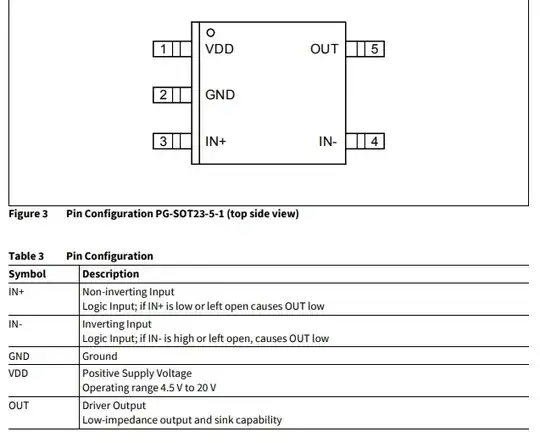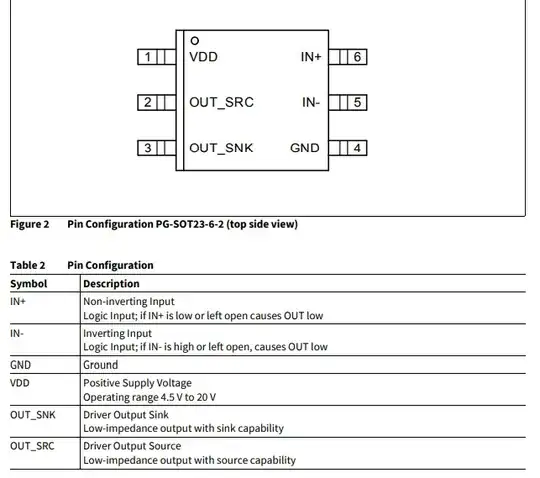The MOSFet you selected has a high \$R_{DS,on}\$ at \$V_{GS}=4V\$, so I'd go with the 'Z=8' type driver, definitely not the 'Z=7'.
According to fig 8 of the MOSFet datasheet you have to supply 100nC to the gate to switch it on. This also has to be removed during switch-off. Now the speed (current) with which you transfer this charge to and from the gate determines how fast the MOSFet will switch.
We don't know what your plan is, but let's assume the worst and push your driver to the values mentioned in table 12 of its datasheet: 4A source, 8A sink.
The source and sink impedances are 0.9 and 0.4 Ohm respectively and the gate resistance is 1.3 Ohm. Sourcing 12V DC in 2.2Ohm gives 6A, and sinking 5.5V gate 'plateau' (fig. 8) over 1.7Ohm gives 3.2A. During switch-on therefore an additional gate resistor is required in order to limit the current to 4A: 12/4=3Ohm total, or 3-2.2=0.8 additional gate resistance.
During switch off no resistor is required, so we can by-pass the additional gate resistor with a diode from gate to sink pin. This diode has to act fast, and have a low voltage, a Schottky diode is therefore advised.
I hope this answers your question.
P.S.: Until now your switching frequency, type of motor, inductance thereof, and values in the snubber circuit are unknown but important for a correct functioning, e.g.: not blowing up, of the contraption.


